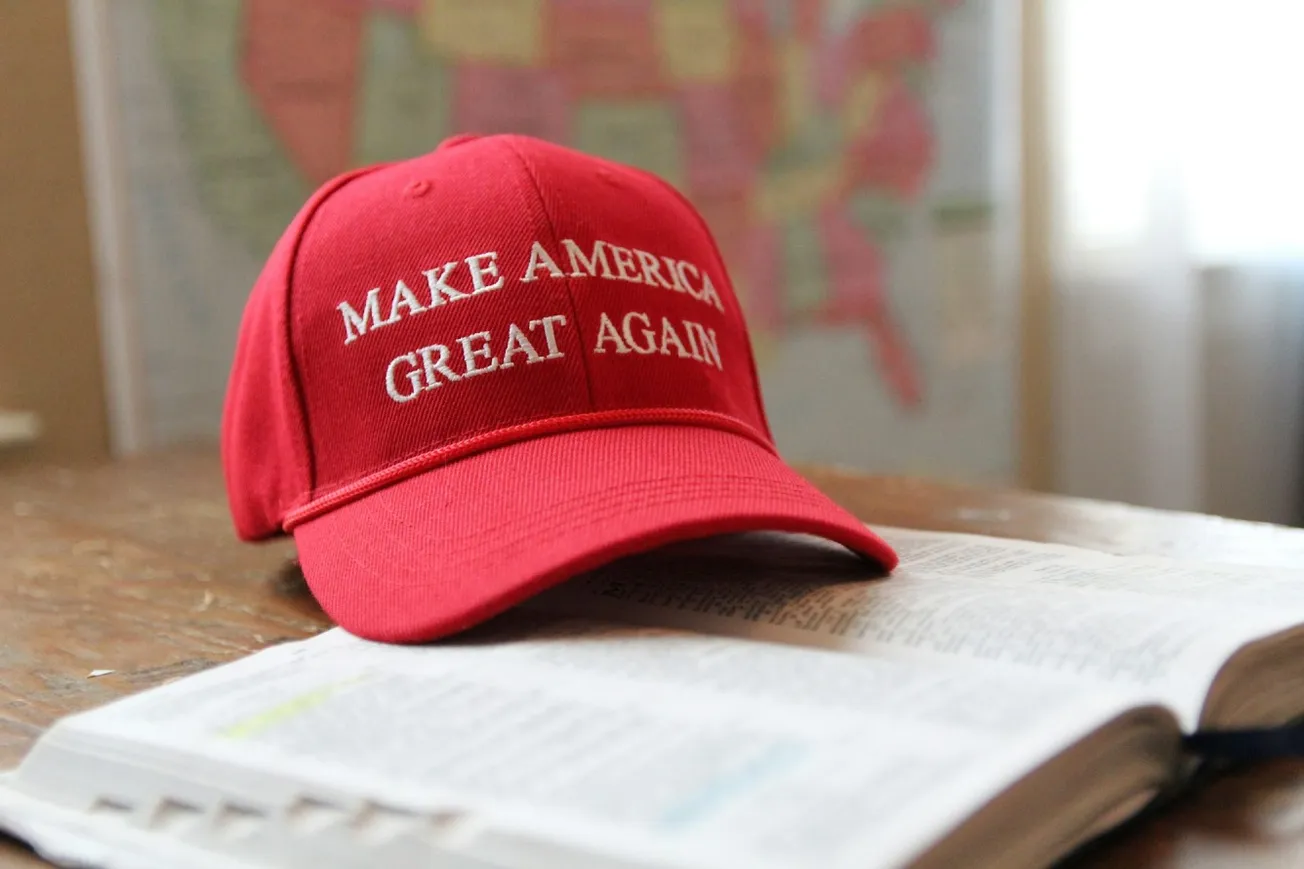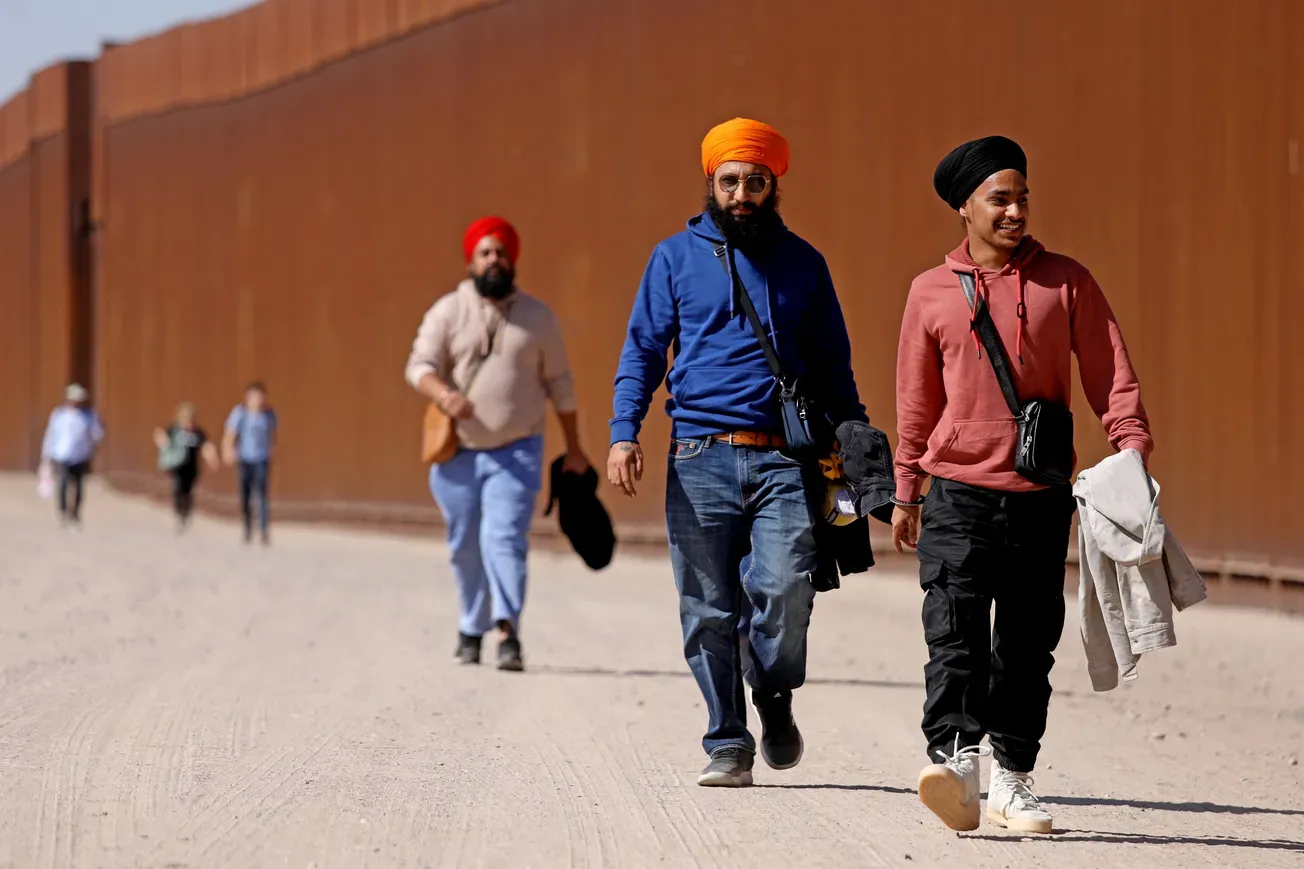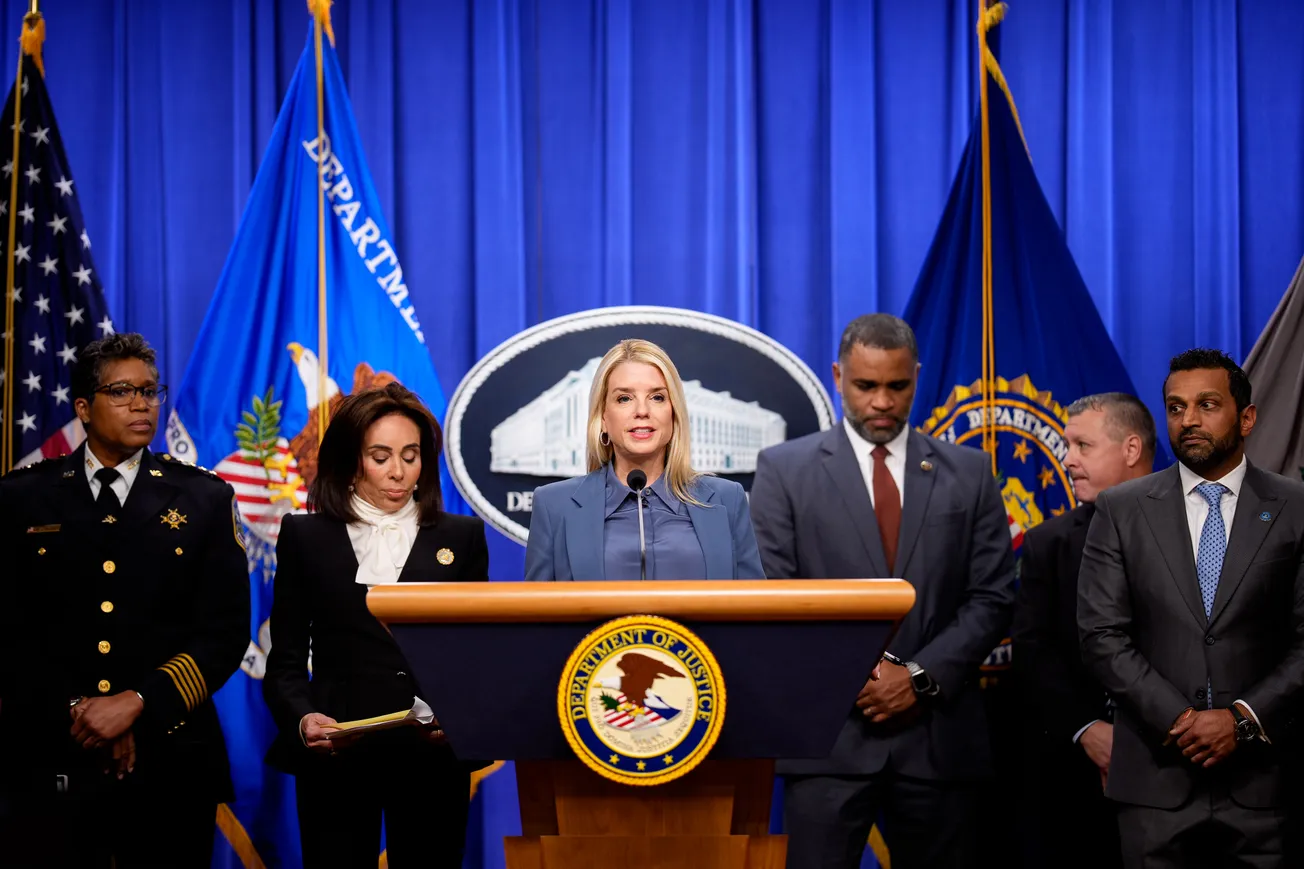By Victor Davis Hanson, The Daily Signal | January 15, 2025
Where did MAGA come from? Ronald Reagan used the term in 1980, “Make America Great.” Bill Clinton used it in 1992. In 2011, Donald Trump wrote a book, his subtitle was “Make America Great.” Where did this come from, this MAGA agenda?
I’m Victor Davis Hanson for The Daily Signal. As we approach Inauguration Day, there’s been a lot of talk about the inconsistencies or the paradoxes of Donald Trump’s MAGA agenda. We’ve mentioned them in the past. We do not want to be isolationists. But we don’t want to be interventionists. And those are sometimes in tension and conflict.
Donald Trump has promised a lot of tax cuts, to service, some service workers, tips—no taxes on tips, no tax on social security. And yet, he has promised to be a deficit hawk and get close to a balanced budget by the end of his term. In addition to that, he has suggested that we have to close the border and stop illegal immigration.
In fact, when we have 16% of the population that’s foreign born, and that’s almost 55 million people, he has called for a reduction or at least a breathing spell in legal immigration. That’s ignited another tension or paradox or conflict between the MAGA people, who do not want any more than, say, 200,000 legal immigrants, and the Silicon Valley converts who want these work visas for skilled coders and people in Silicon Valley. All of this is just a preliminary.
Where did MAGA come from? Ronald Reagan used the term in 1980, “Make America Great.” Bill Clinton used it in 1992. In 2011, Donald Trump wrote a book, his subtitle was “Make America Great.” But what was it?
What is it? So we can understand when he starts his presidency. First of all, remember, it’s not all that different, in its core, from doctrinaire Republicanism, in this sense. It professes to be fiscally sound. It wants low taxes, limited government, and conservative values, in the sense of culture and tradition, patriotism.
It looks at the past with reverence and not with disdain like the Left does. But here’s the key, what Donald Trump added to it was: We were not going to nation build abroad. We’re not taking people out of East Palestine, Ohio, and sending them over to spend billions of dollars, and lose their lives in god-awful places, like Fallujah, where people don’t appreciate it. We’re not going to do that anymore. That was new.
Second thing was, and he was a cultural warrior. The [George W.] Bush, [John] McCain, [Mitt] Romney wing of the party said, “We don’t like this Affirmative Action, DEI, woke to the extent that it was as virulent as it is now. But let’s just not press it. We would rather have some limits on abortion, but we can’t win.”
Donald Trump was a diehard conservative on social. He wanted to close the border. He told the base of the Republican Party, “I know you want cheap labor. I used it. We can’t do it anymore. We’re going to close the border.”
On judges, there was not going to be a Justice [David] Souter or a Harriet Miers nomination. They were going to be strict constructionists. Forget about bipartisanship. The Left never did it.
Where did this come from, this MAGA agenda? Three areas that I can see. The 1992 and earlier movement by Pat Buchanan, who embraced a lot of these positions. It was followed in the ’90, at the same time, the ’92 and ’96 third party effort by Ross Perot.
He echoed a lot of Buchanan’s issues: America first, re-industrialize the United States, don’t go abroad and waste money and try to develop a vibrant middle class that was being eroded in the Rust Belt, especially. Ross Perot got 20% of the vote in 1992, remember that, and 8 1/2, I think, in ’96, but he didn’t win the nomination.
The final tradition that Trump drew on, of course, was the tea party. That period of 2009, ’10, ’11, ’12 that grew up spontaneous, without a leader, in response to the socialized medical agenda of Barack Obama, Obamacare, and the vast deficits. And they want the tea party, and then it sort of petered out.
Trump brought all of those together in this MAGA new movement, but there were differences that made it possible for him not to run as a third party or not to be a failed candidate, but to capture the Republican nomination and win twice.
What was it? He substituted class for race. People had characterized Buchananism or tea party as white. That was an unfair caricature, but he made it a special effort to appeal to people of all different races and classes, and bring them in and say, you have more in common with each other than you do with your elites of your particular tribal affiliation.
Second, what else did he do? He was ecumenical in the political sense. Pat Buchanan and Ross Perot did not bring in people, necessarily from the Left. Ross Perot brought in a few, but the idea of Robert Kennedy, Tulsi Gabbard, Elon Musk, Joe Rogan, Dana White, all union people—was a new concept. And third, of course, it was Donald Trump.
He’d been on “The Apprentice” for 14 years. It was one of the top-rated shows. He’d written 25 books. He had been [in] the tabloid pages of the New York papers for 30 years. He was a charismatic celebrity and he had a magnetic presence, and he fought back in a way that even Perot and Pat Buchanan did not.
Put all that together and it explains the foundations of the MAGA movement and why it succeeded where the tea party, Ross Perot, and Pat Buchanan did not.
Victor Davis Hanson, a senior contributor for The Daily Signal, is a classicist and historian at the Hoover Institution at Stanford University.
Original article link








